All about coral: the precious red gem of the sea

Her name comes from Greek and means “woman of the sea.” With its intense red color and natural charm, coral has become a symbol of elegance and sophistication throughout the history of jewelry. Today we invite you to discover this fantastic natural gem.
Coral, the red gem of the sea, has been prized in jewelry throughout history for its unusual beauty. Considered gemstones of organic origin, corals are colorful and fascinating invertebrate animals.
One of the reasons why they become a precious treasure is their extraordinarily slow growth, between 0.5 and 1.5 centimeters annually, taking thousands of years to build a reef where they subsist.
Along with pearls, amber, ivory and jet, it is one of the most used materials in jewelry as a gem of organic origin, giving rise to unique jewelry with exquisite beauty.

How do we classify them as jewelry?
- Precious Corals: they have a solid and hard skeleton. Once dead the animal retains its color. At Carbal Jewelry we only use corals of this classification, guaranteeing the highest quality of the gems.
- Semiprecious Corals: They have a porous body, so they cannot be polished properly. They are impregnated with resins or filler substances to work them correctly.
- Stone Corals: alive they are of multiple colors, but once dead they become white, porous and of little gemological interest. They are not used in jewelry, but in orthopedics or other fields.

Color and shine
Although coral is distinguished by its striking red color, it can also present shades ranging from light pink to deep red. These color variations are due to the presence of different pigments in the coral, such as iron and manganese. Each shade of coral has its own personality and unique appeal.
Unworked corals are matte in color, and acquire their shine when polished. 3/4 of the world's production of these organic gems is produced in Italy, and the rest in Japan.

Classification of jewelry according to its colors
- Gold coral: one of the most appreciated in jewelry, since it grows in very few places in the world, including Alaska and Haiti.
- Black coral: also called “anthiparian”. They grow in shallow water, but not all of them are beautiful. These have been highly exploited over time, and for this reason, some countries have had to prohibit their export, increasing their price.
- Bamboo coral: this is the most porous variety. Be careful with this type of coral because a large amount of the “red coral” sold in the market is bamboo dyed red.
- Coral Apple: They are normally imported from Indonesia and Taiwan. Their skeleton is usually dyed to improve or change its color. In its natural state it is so porous that these skeletons must be filled in order to work on them.
- Blue coral: it is the only one found on reefs in shallow waters; and it is widely used in jewelry making, due to its beautiful color, which ranges from gray to blue. Their skeletons must also be filled, because they are very porous.

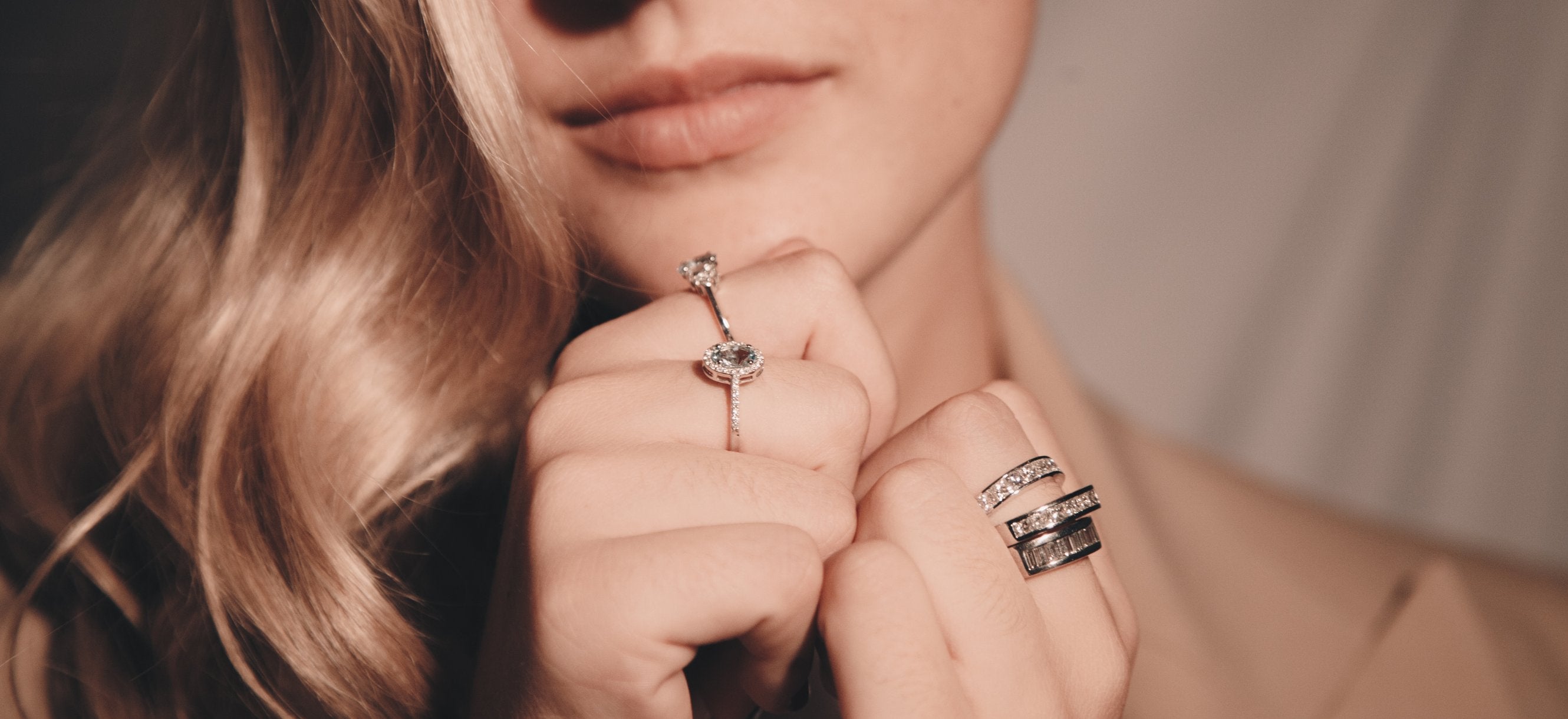
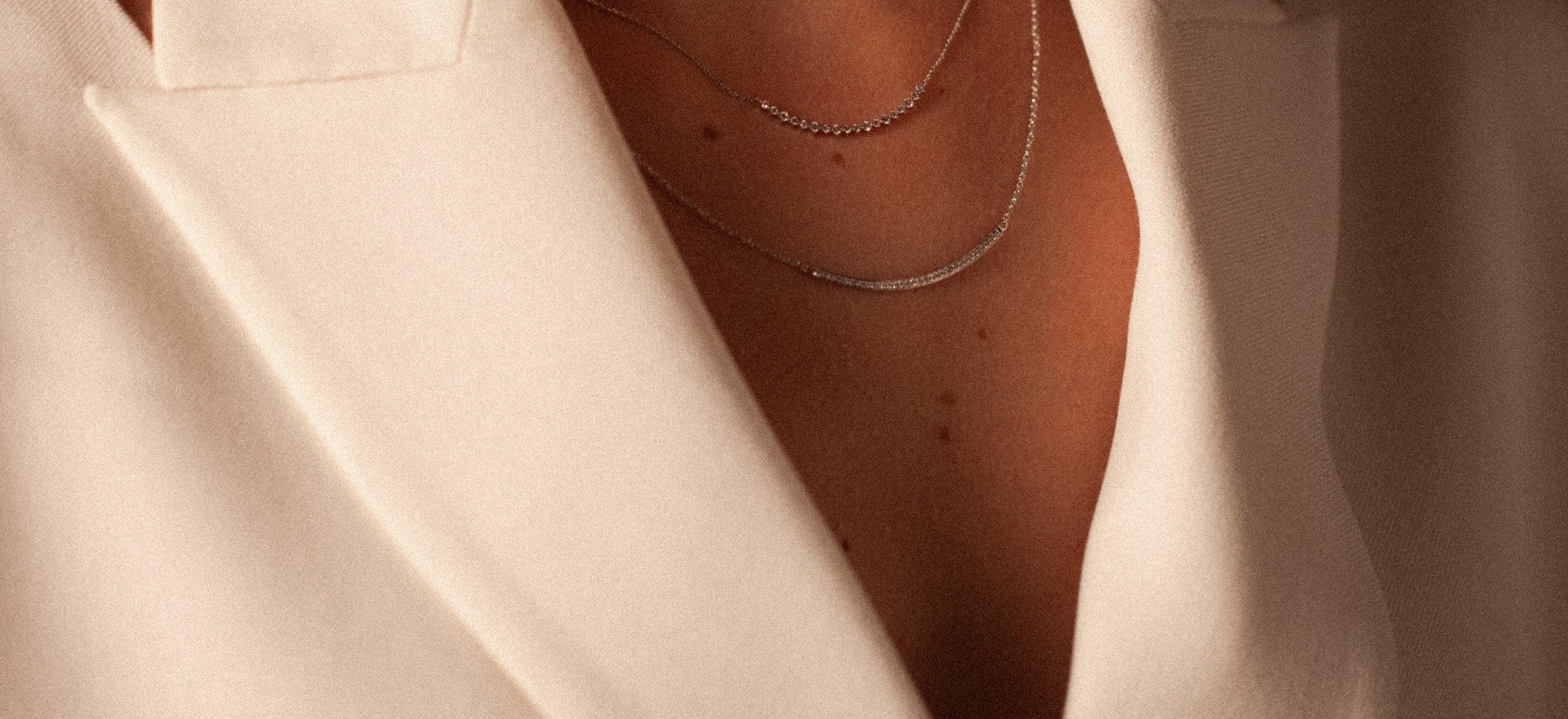
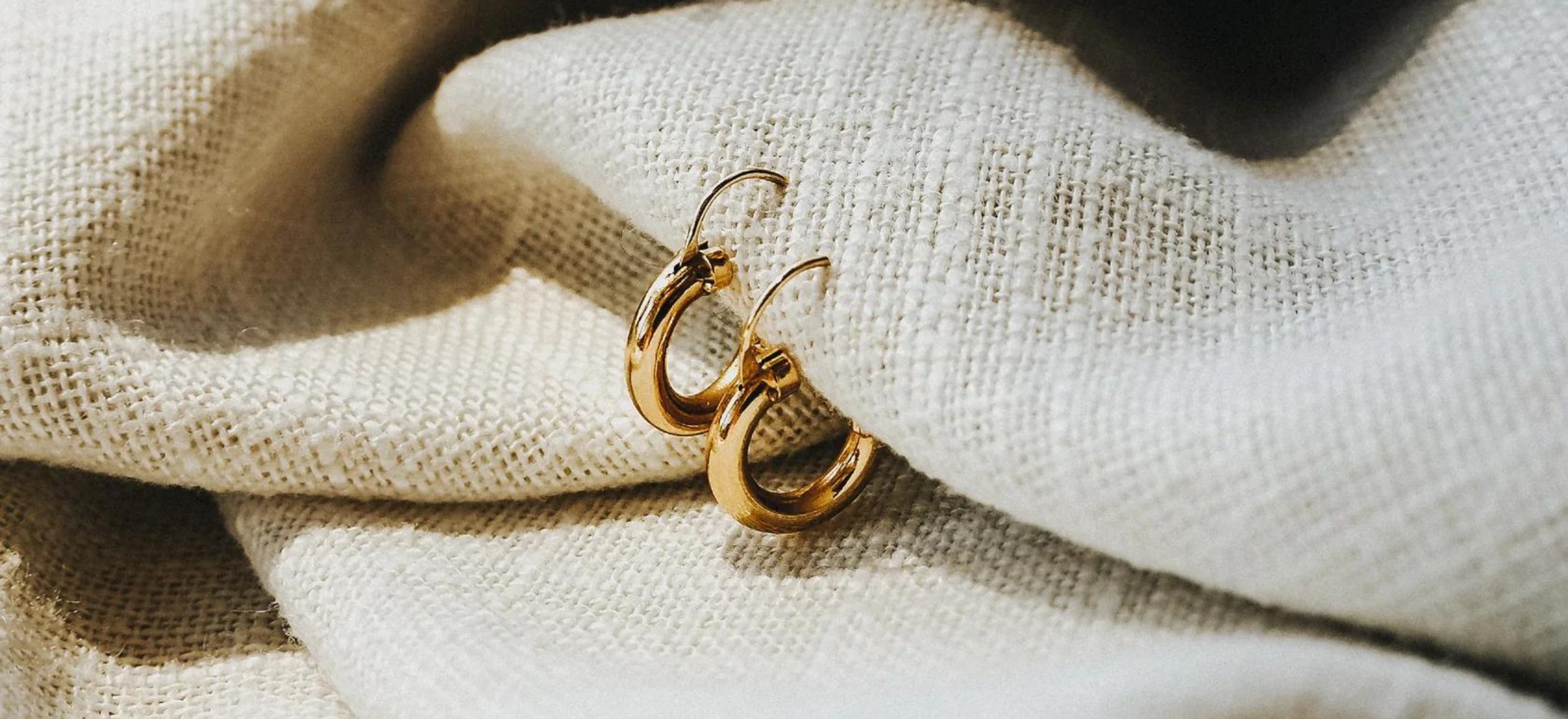
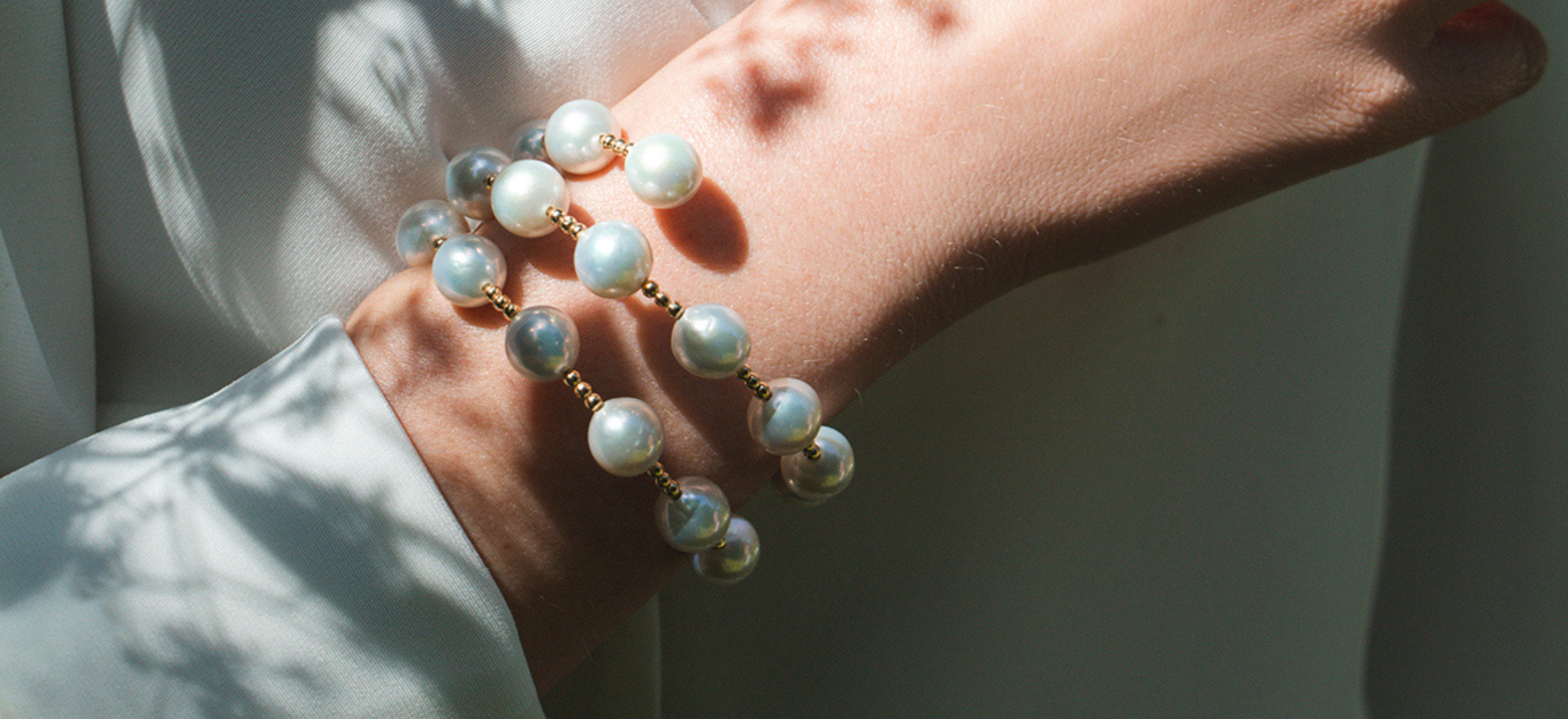
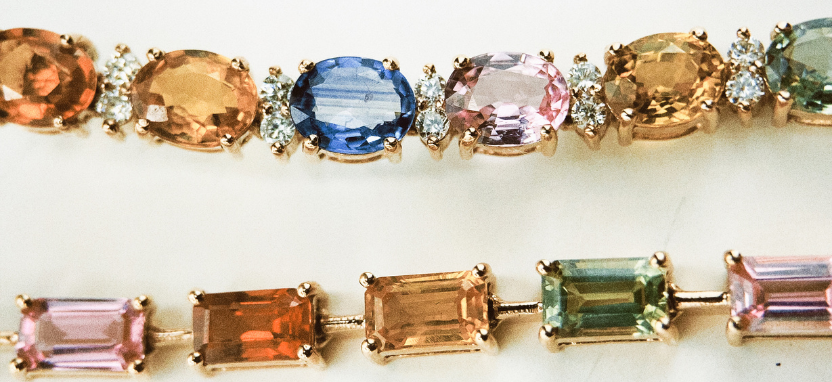

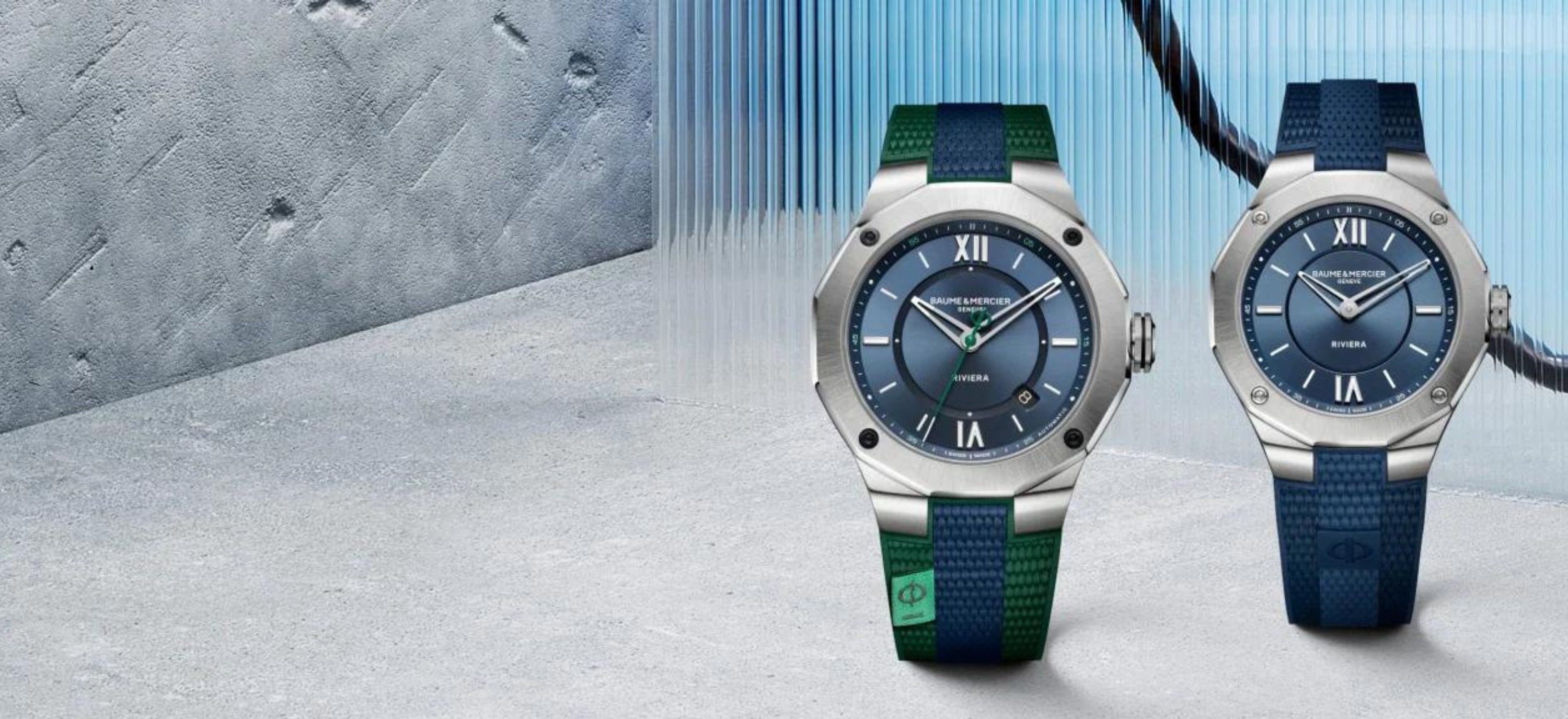
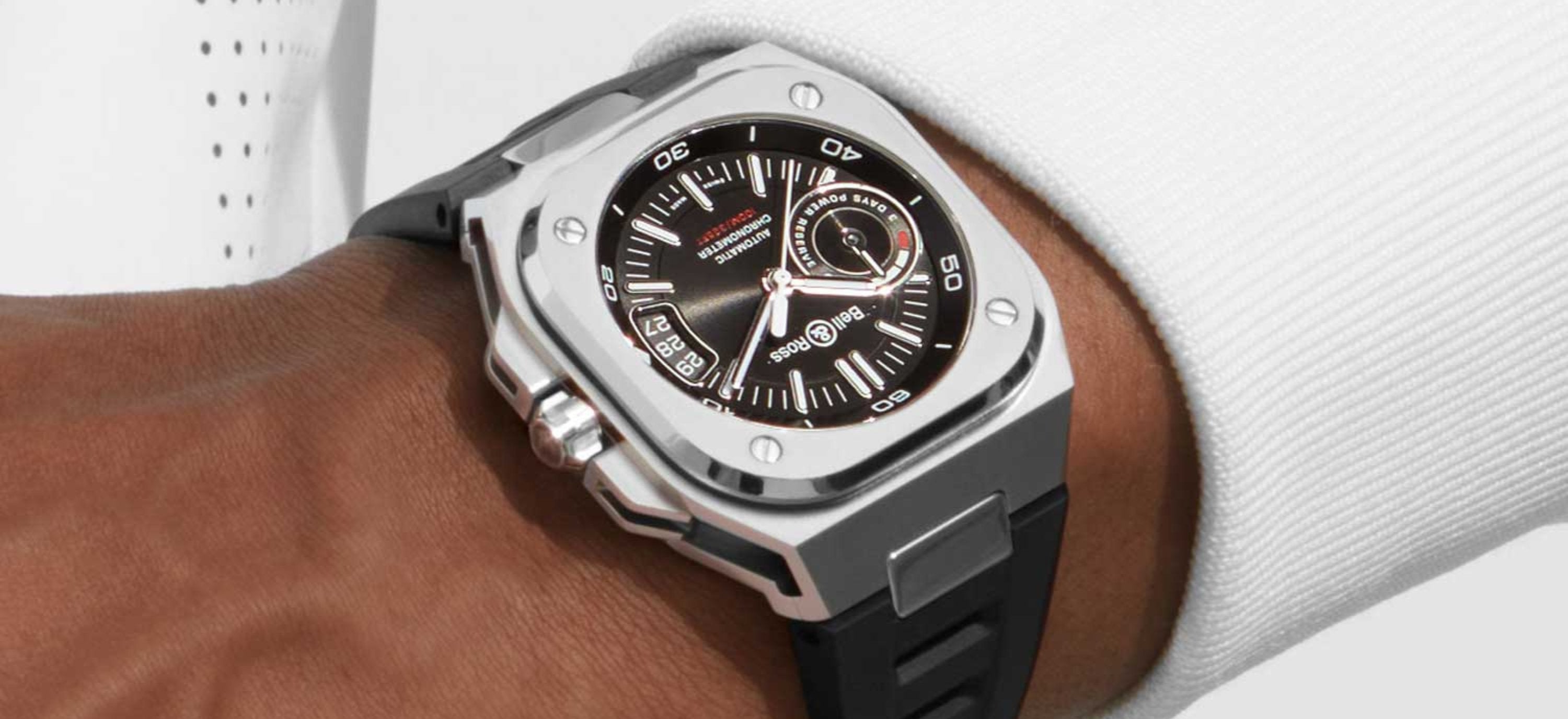
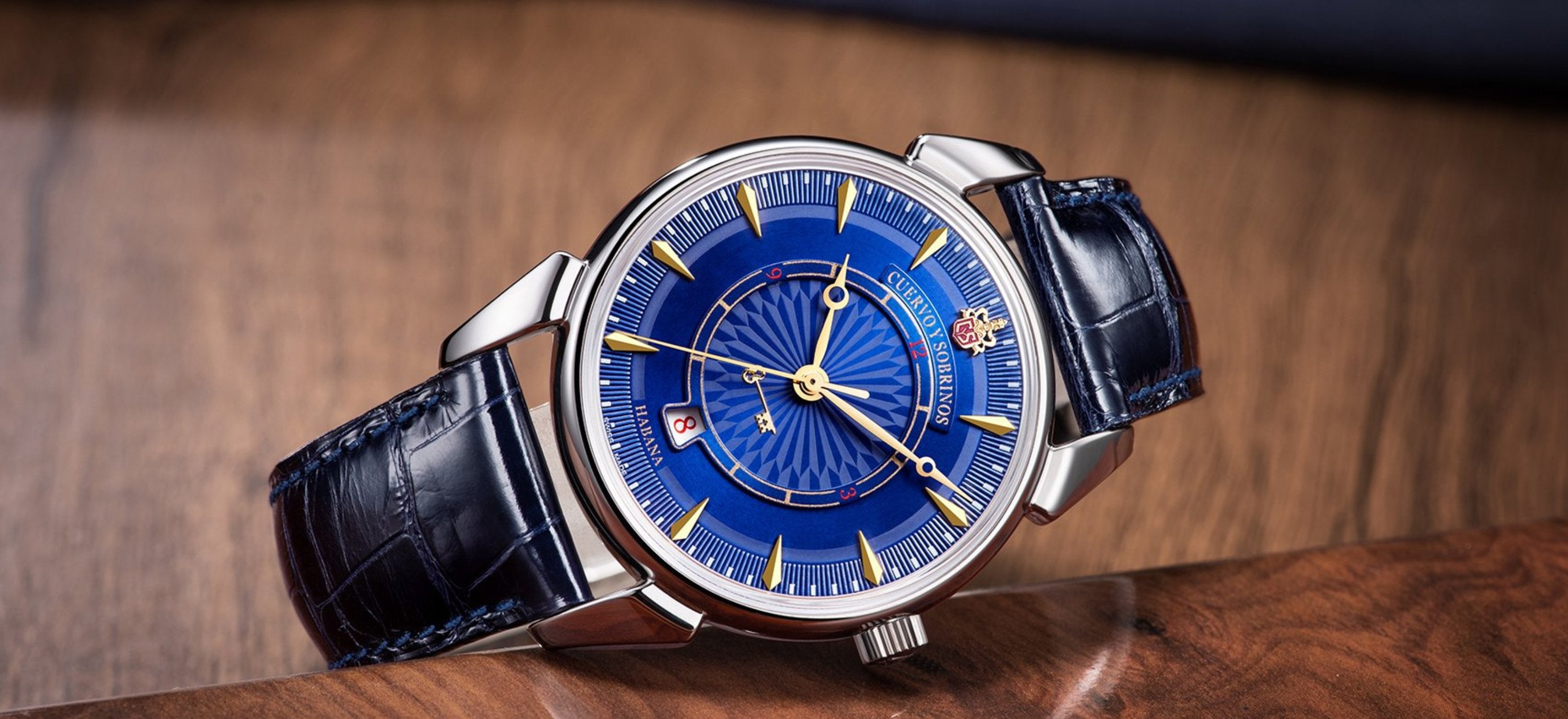
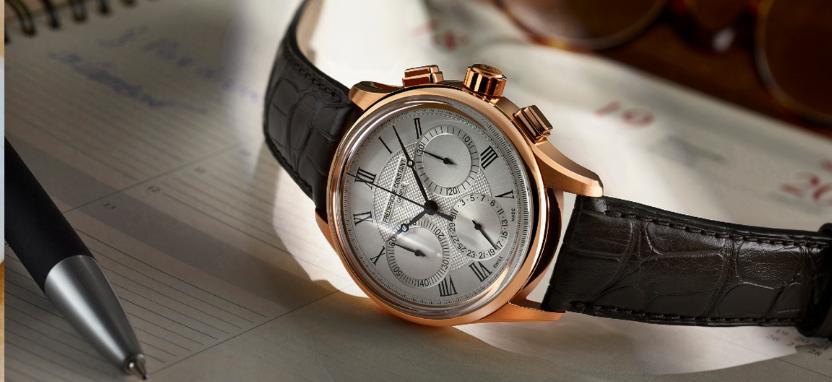
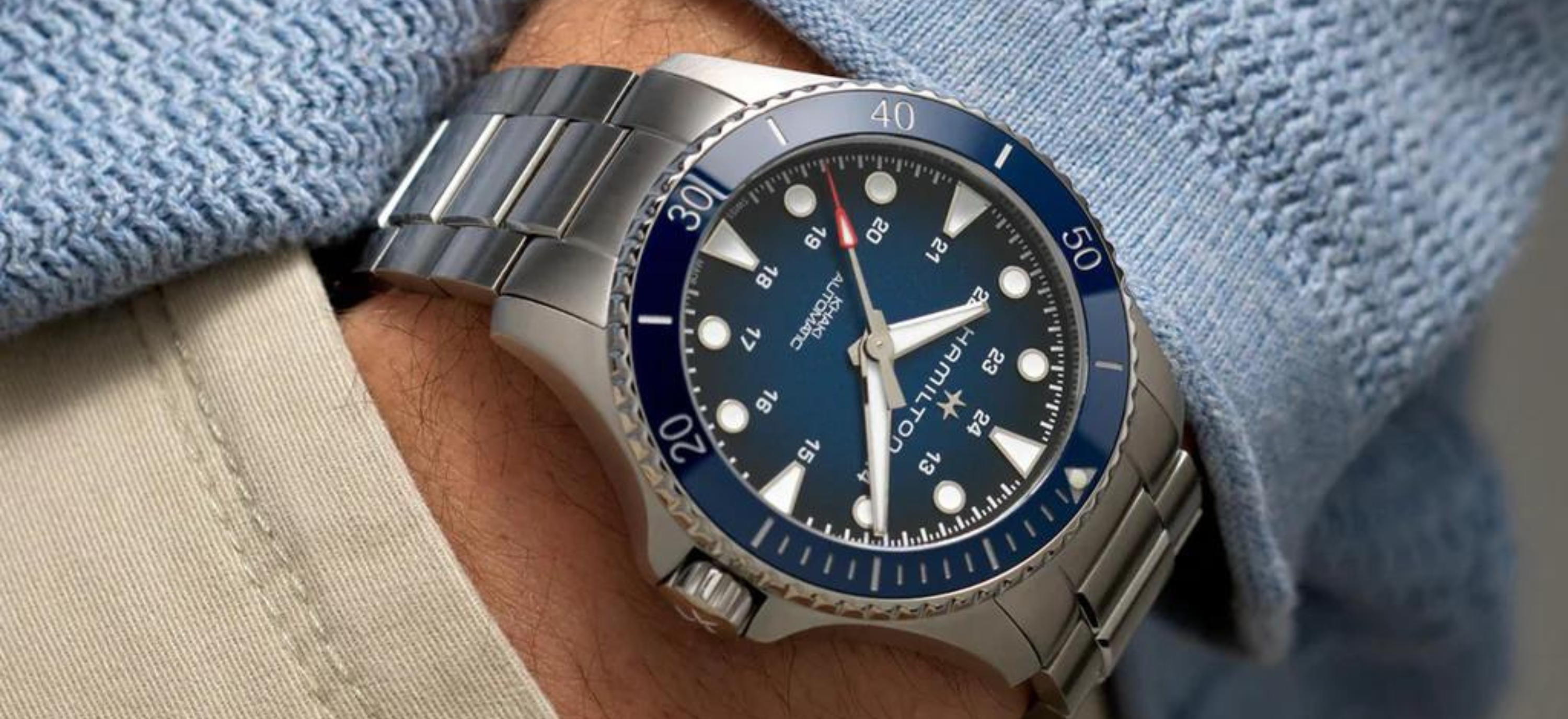
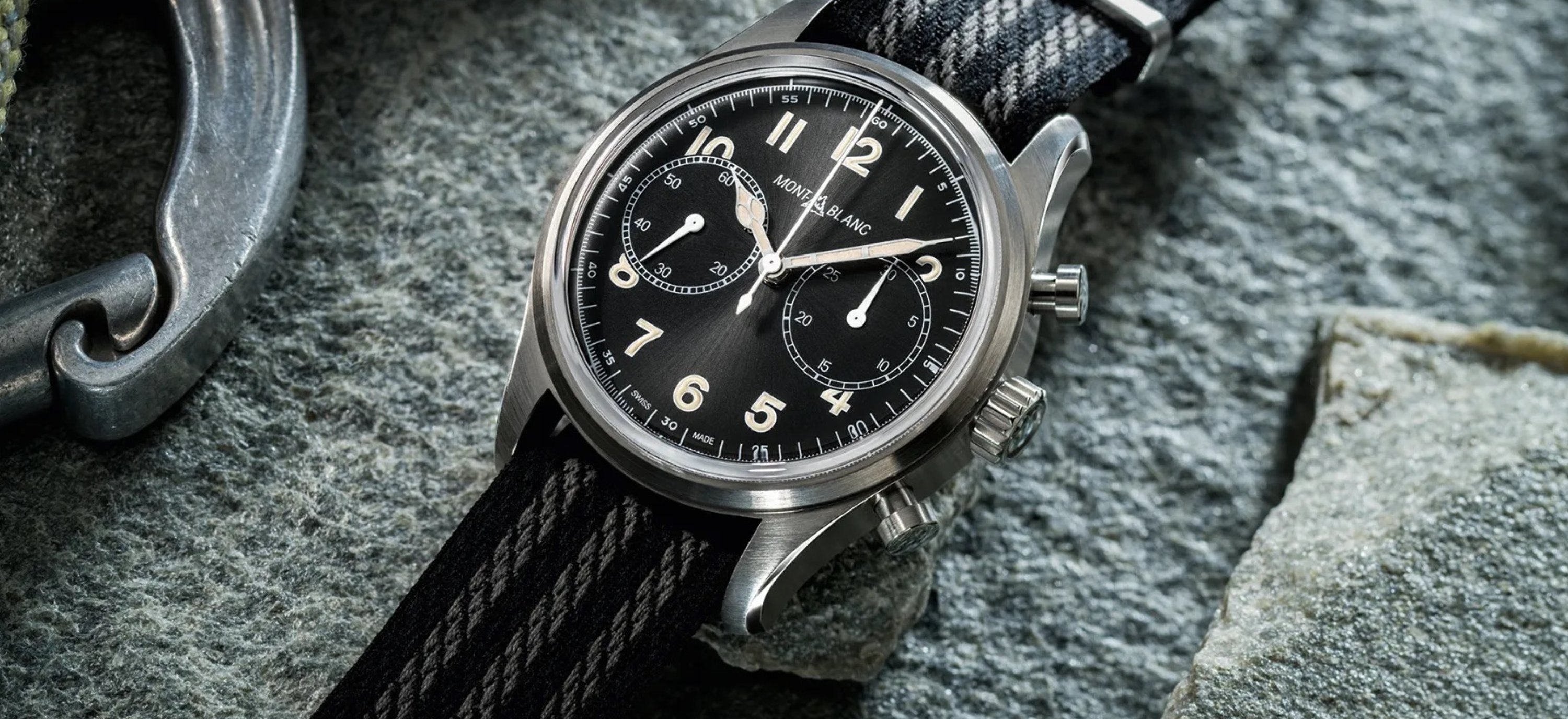
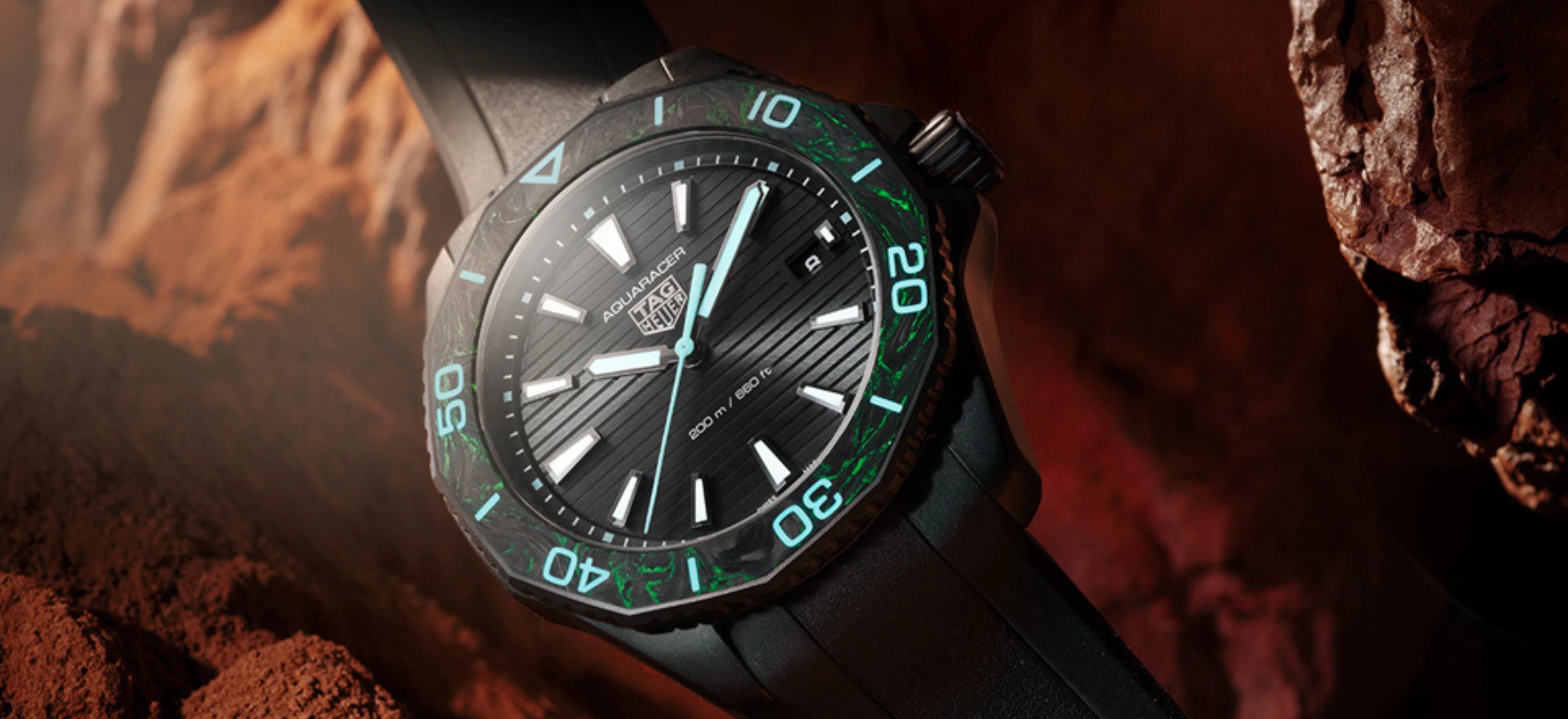
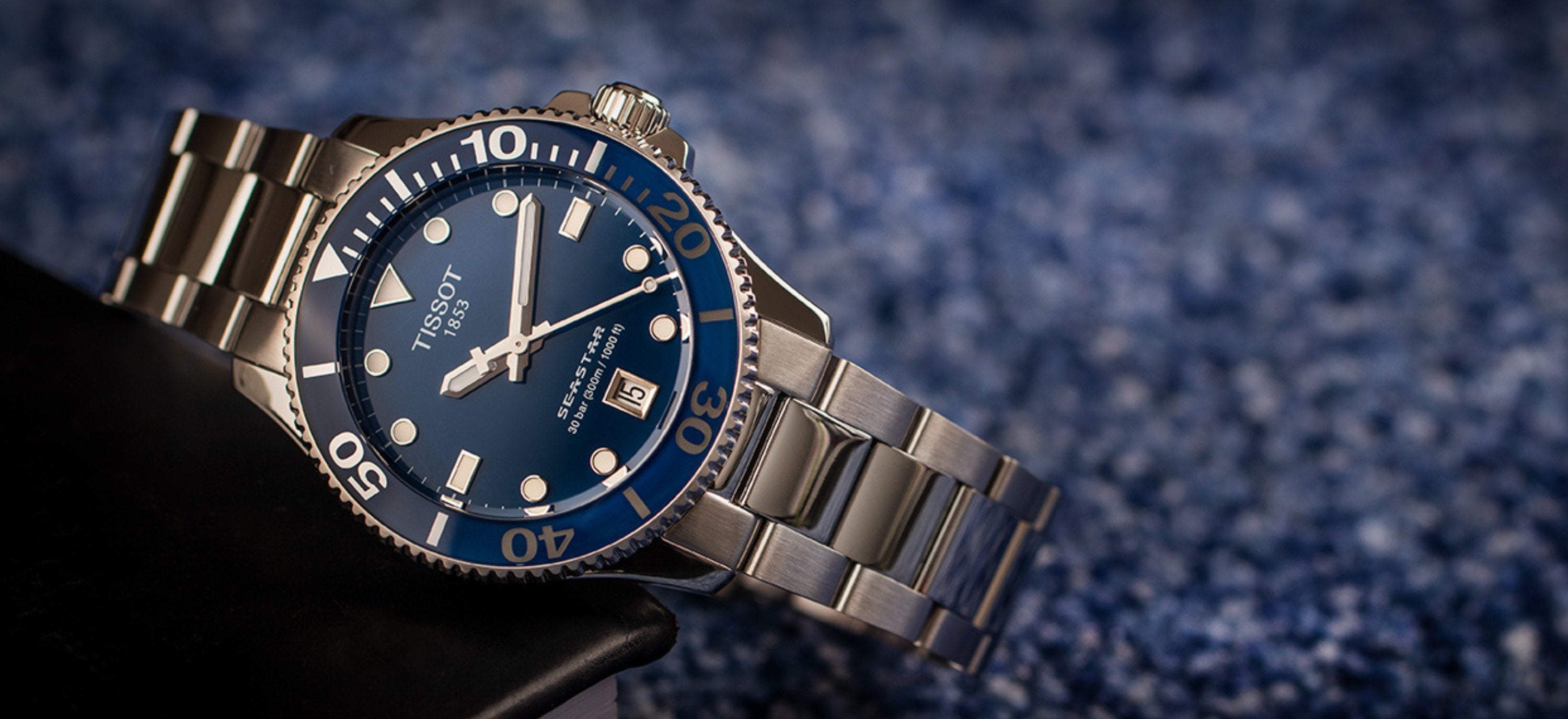
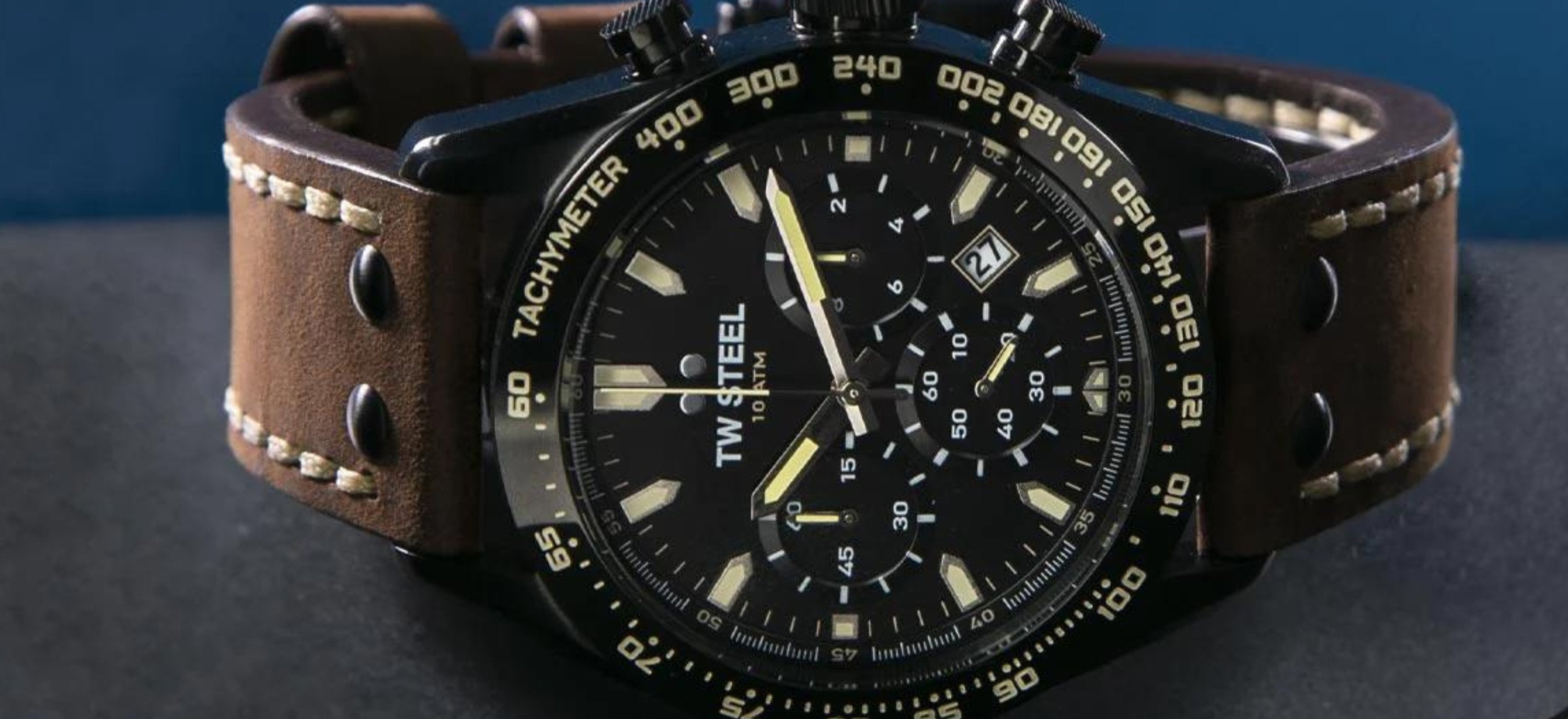


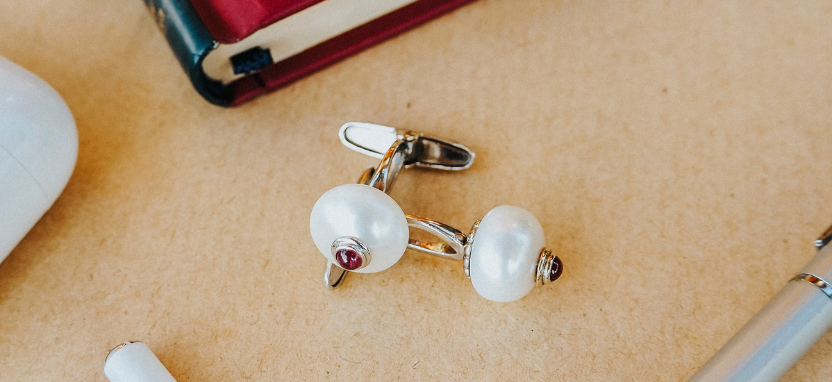

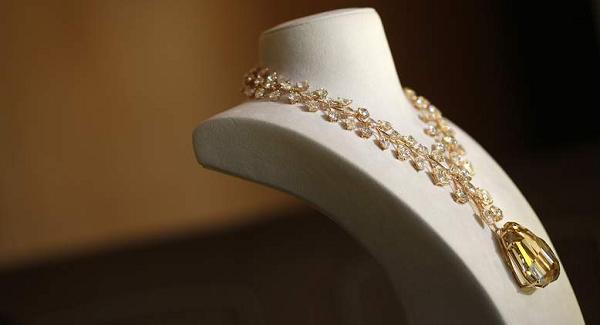
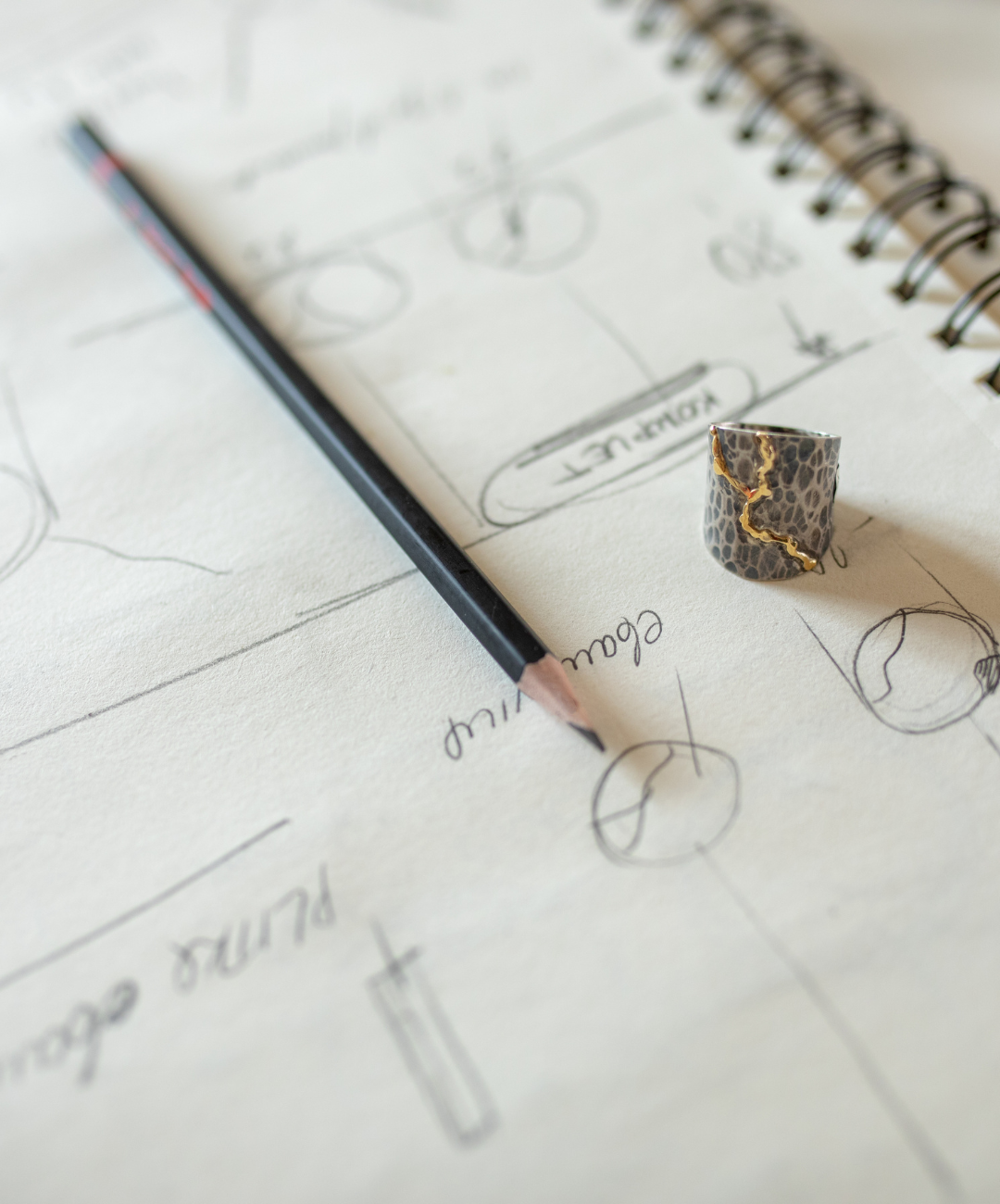
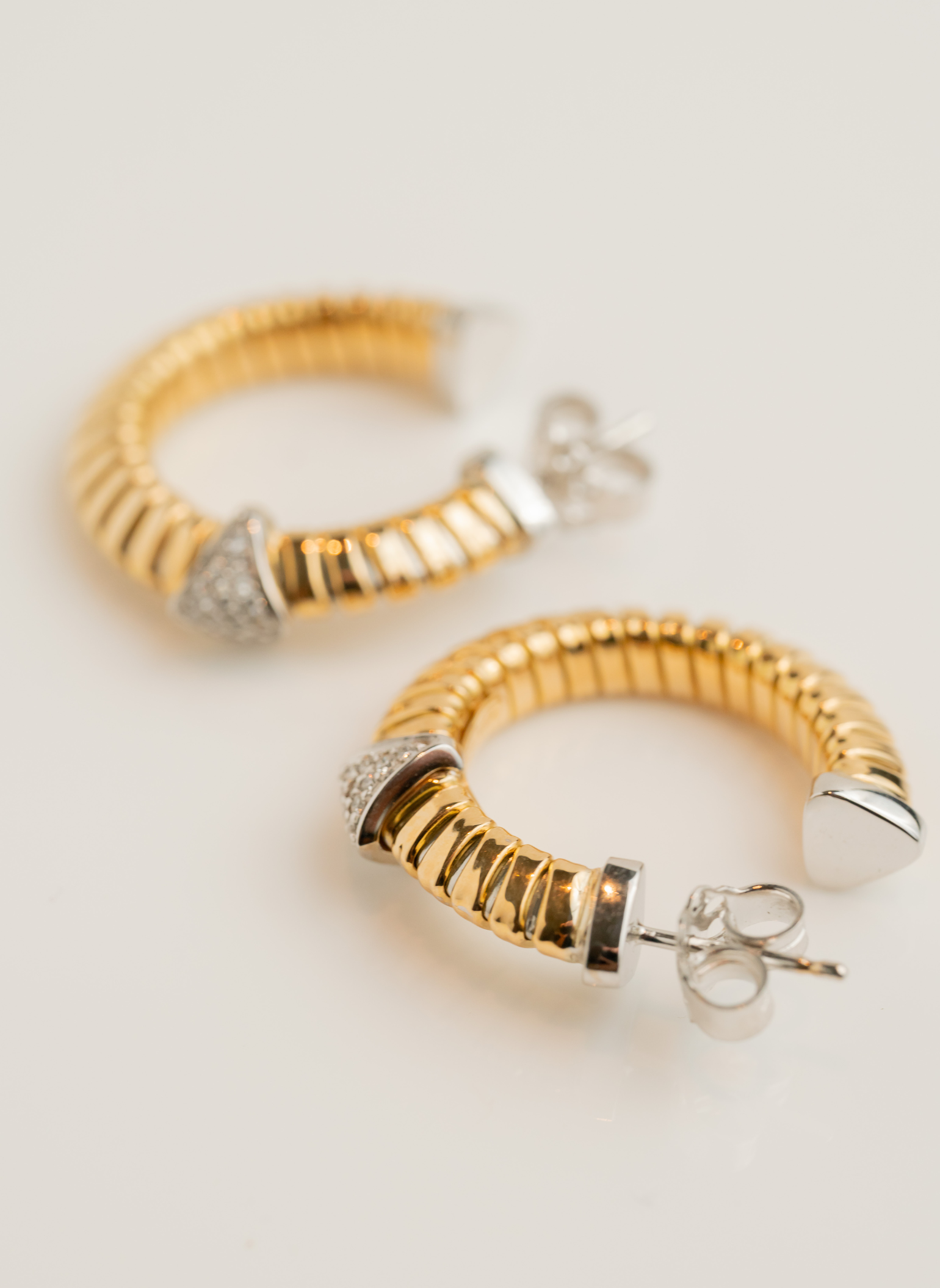
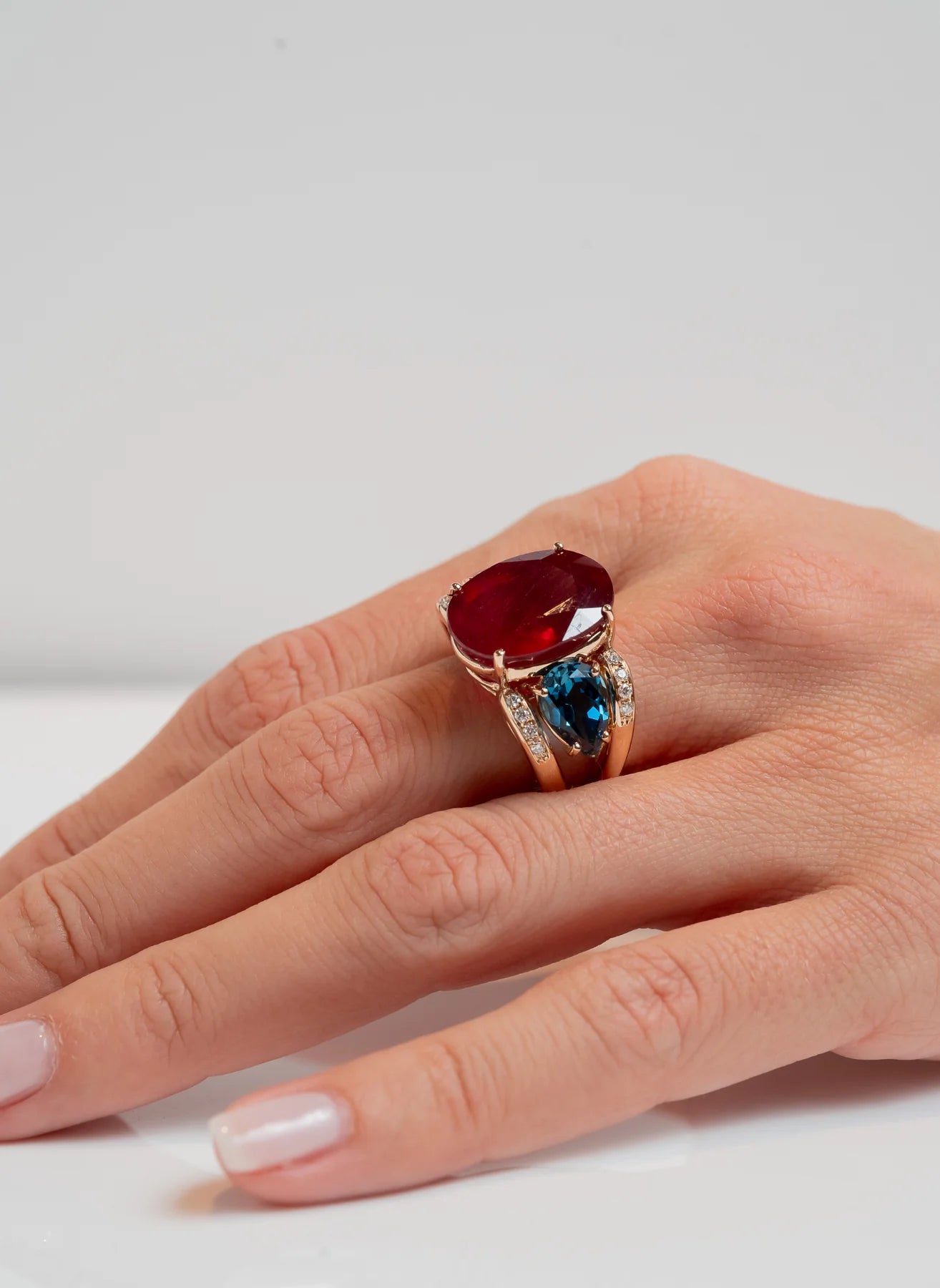
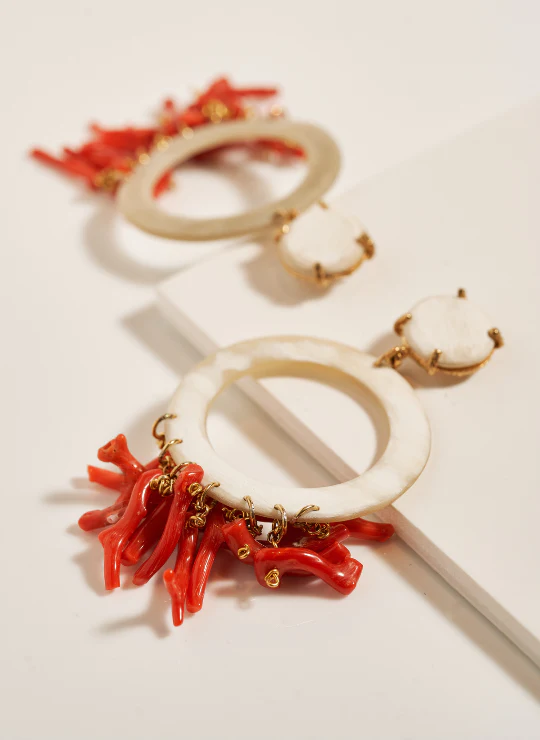
Leave a comment